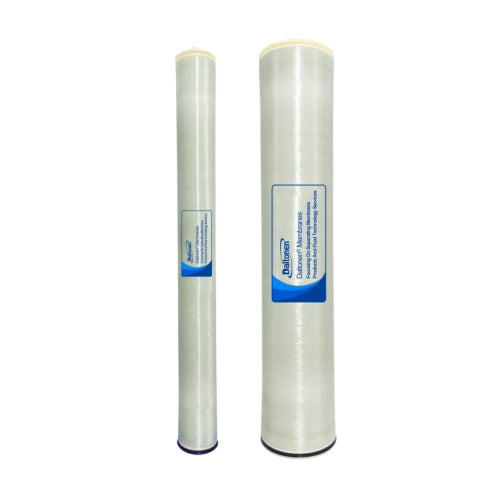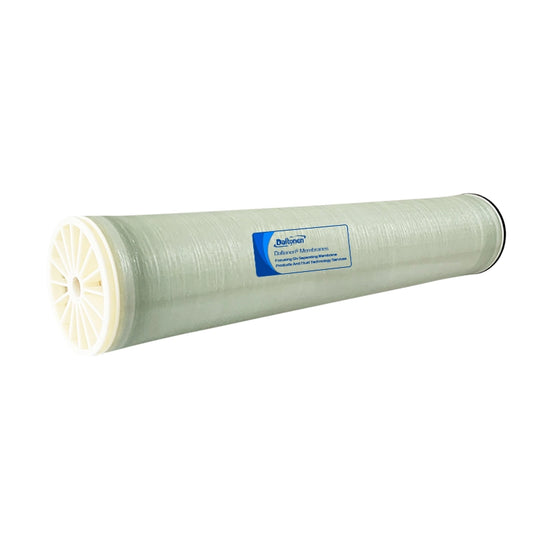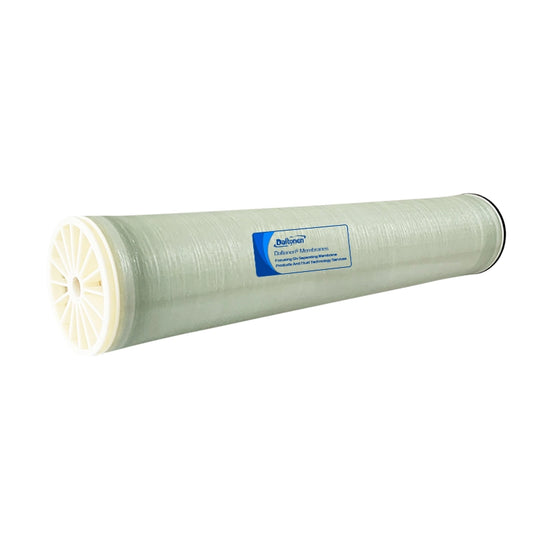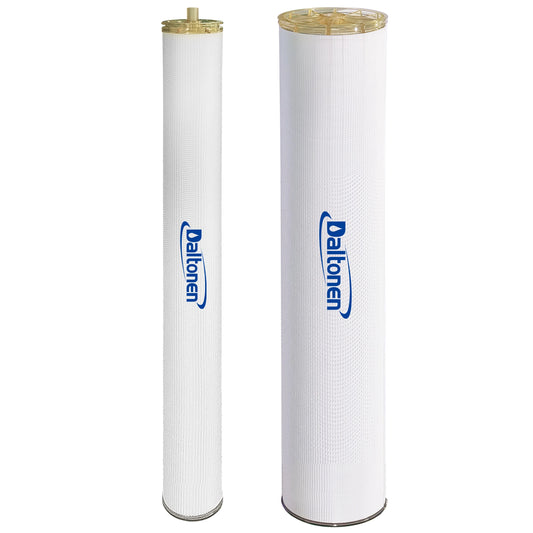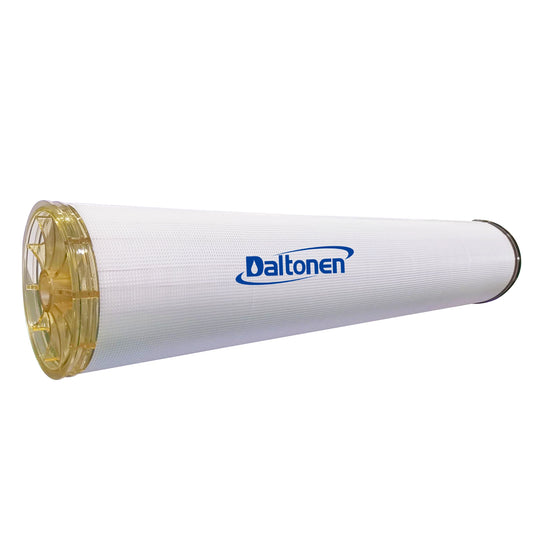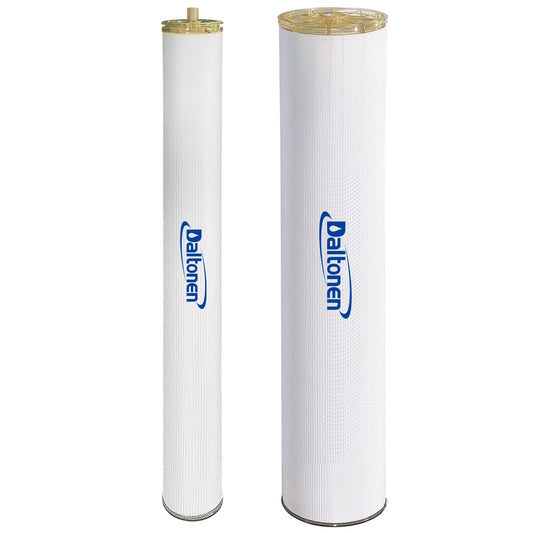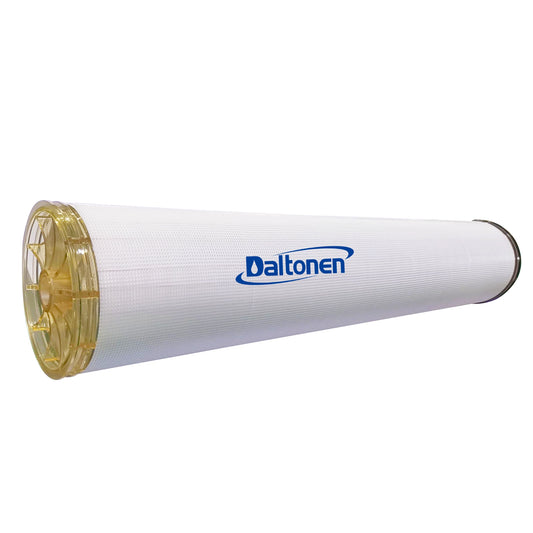A Green Revolution in Lithium Extraction from Salt Lake Brine
A Green Revolution in Lithium Extraction from Salt Lake Brine
Introduction
With the global energy transition accelerating, lithium, known as "the white oil of the 21st century," is seeing its strategic importance grow daily. Traditional lithium extraction from spodumene faces issues like resource depletion and environmental pollution. Consequently, extracting lithium from salt lake brines has become a primary future direction. Among the technologies, nanofiltration membrane technology, leveraging its unique selective separation advantages, is emerging as a green technological revolution in the field of lithium extraction from salt lakes.

Technical Principles: Precision "Screening" at the Molecular Level
The core of magnesium-lithium separation using nanofiltration membranes lies in their precise structural design:
-
Membrane pore size is controlled between 1-2 nanometers, ideal for screening based on ionic hydration radii.
-
The membrane surface carries a negative charge, achieving valence-based separation through electrostatic repulsion.
-
The rejection rate for divalent magnesium ions can exceed 95%, while maintaining moderate permeability for monovalent lithium ions.
This "charge-size" dual-effect separation mechanism enables nanofiltration membranes to efficiently separate lithium from complex brines with high Mg/Li ratios (up to 1000:1).
Process Advantages: Fourfold Technological Breakthrough
-
Energy Revolution
Compared to traditional evaporation-precipitation methods (energy consumption > 200 tonnes of water per tonne of lithium carbonate), the nanofiltration process reduces energy consumption by over 60%, eliminates the need for large-scale solar evaporation ponds, and reduces land use by 80%.
-
Environmental Friendliness
No acid-base regeneration process is required, chemical reagent usage is reduced by 90%, and the discharge of large volumes of magnesium-containing wastewater is avoided.
-
Wide Adaptability
Successfully industrialized in various salt lake types, including Tibet's Zabuye Salt Lake (Mg/Li=1000) and Chile's Atacama Salt Lake.
-
Continuous Production
The process is closed and continuous, achieving lithium recovery rates exceeding 85% from brine to lithium carbonate, tripling production efficiency.
Engineering Practice: Industrial Application Cases
-
The Tibet Zabuye Salt Lake project employs a "pretreatment-nanofiltration-reverse osmosis-lithium precipitation" process with an annual production capacity of 5,000 tonnes of battery-grade lithium carbonate.
-
Operational data shows the feedwater Mg/Li ratio was reduced from 800 to below 1.5, with lithium recovery >85%.
-
The membrane system has operated continuously for over 8,000 hours, demonstrating reliability in harsh plateau conditions.
Technical Challenges and Development Trends
-
Current Bottlenecks
-
Corrosion of membrane materials by high-concentration brine.
-
Anti-freezing design for membrane systems in plateau environments as cold as -20°C.
-
Membrane fouling control and online cleaning technology.
-
-
Innovation Directions
-
Developing specialized nanofiltration membrane materials resistant to high salinity and fouling.
-
Coupling membrane systems with processes like adsorption and electrodialysis.
-
Optimizing energy recovery through intelligent control systems.
-
Industrial Impact and Strategic Significance
-
Makes hundreds of high Mg/Li ratio salt lakes on the Qinghai-Tibet Plateau economically viable, extending China's lithium resource security from 15 to over 50 years.
-
Provides an environmentally friendly solution for lithium resource development in ecologically fragile areas like Tibet and Qinghai.
-
Reduces China's cost of lithium extraction from salt lakes from 100,000 RMB/tonne to 40,000 RMB/tonne, enhancing global competitiveness.
Conclusion
Nanofiltration membrane technology is reshaping the landscape of the lithium extraction industry from salt lakes. With breakthroughs in new membrane materials and process optimization, this technology is expected to become the mainstream process for global lithium extraction from salt lakes within the next five years, providing a sustainable lithium resource guarantee for the new energy industry. This technological revolution is not only changing the method of lithium extraction but will also profoundly impact the global lithium supply landscape and the development trajectory of the new energy industry.
(Note: Data in this article is sourced from the latest research findings of institutions such as the China Salt Lake Research Institute and the Qinghai Institute of Salt Lakes.)
